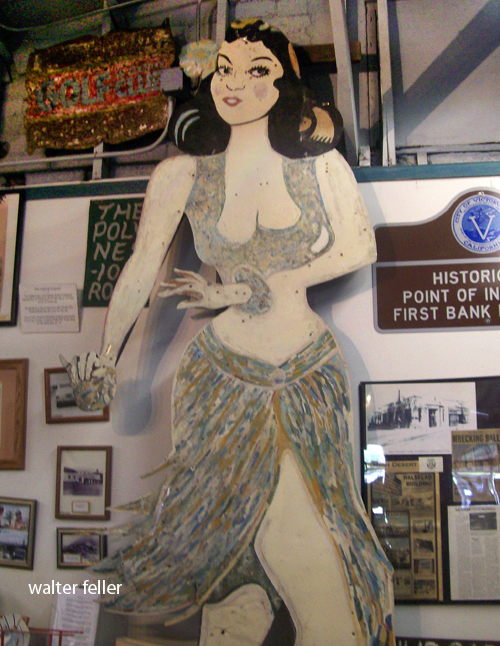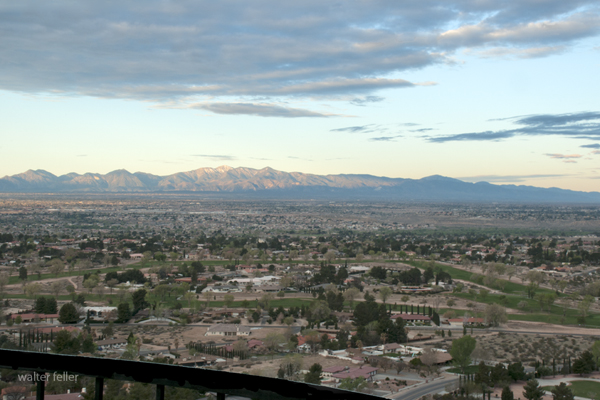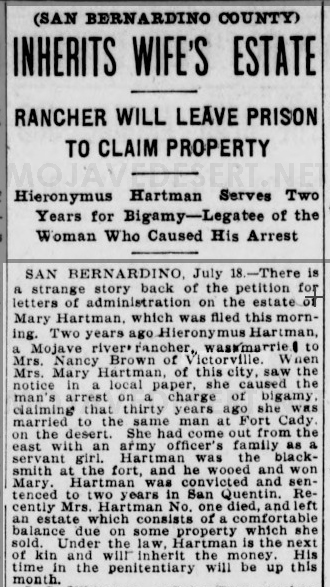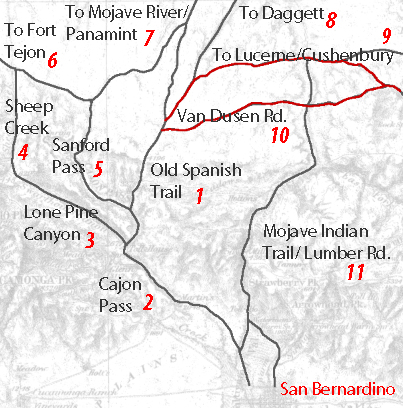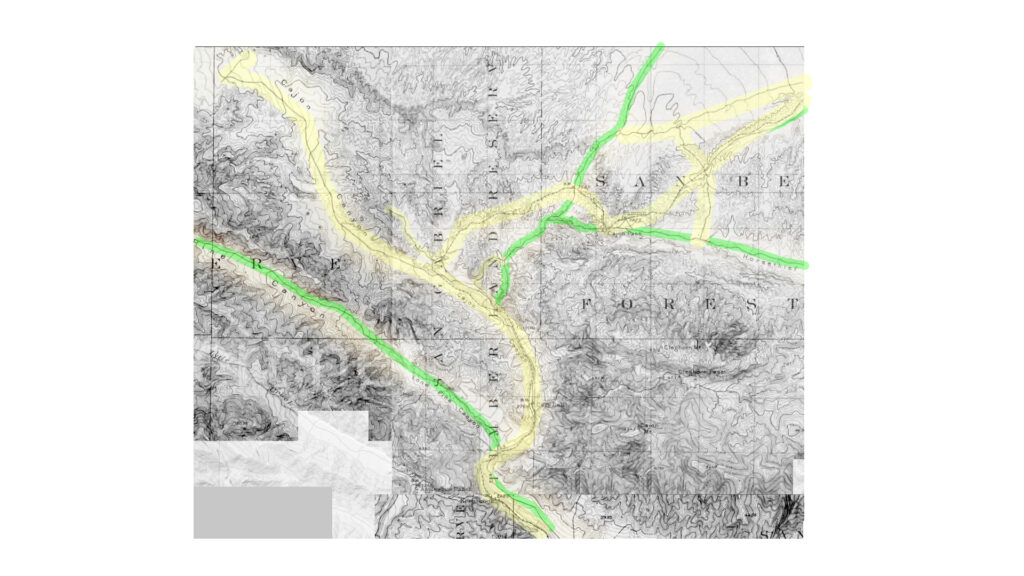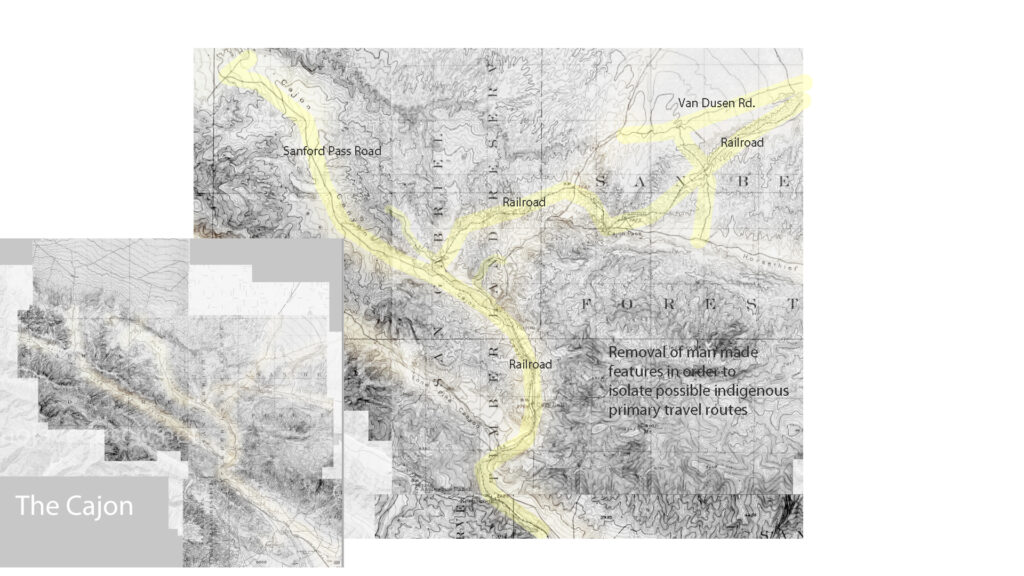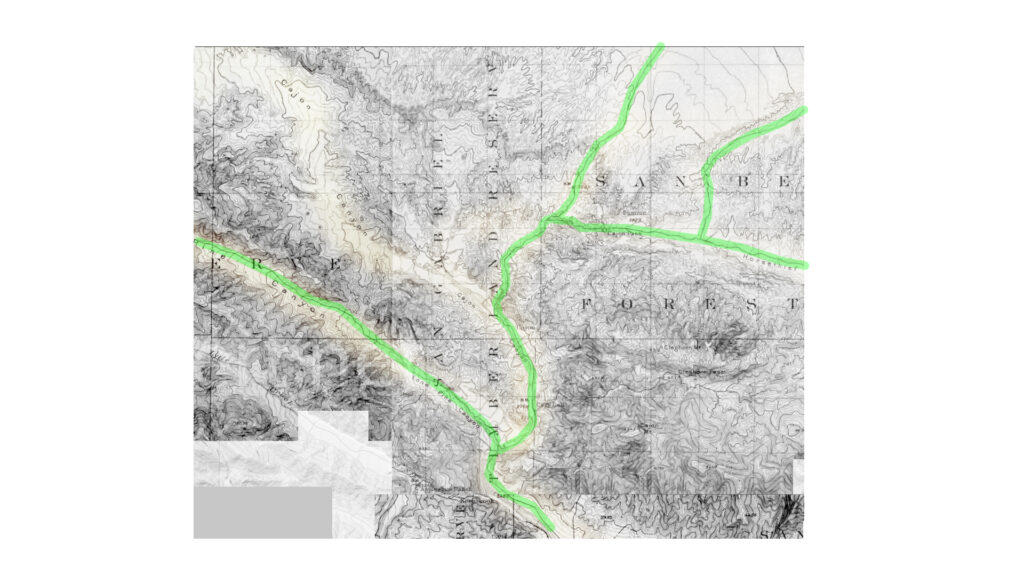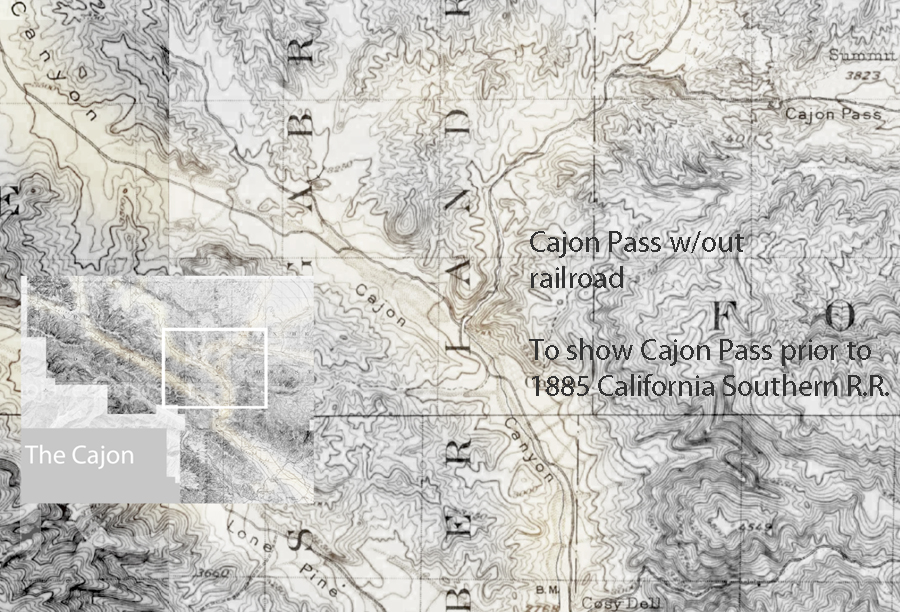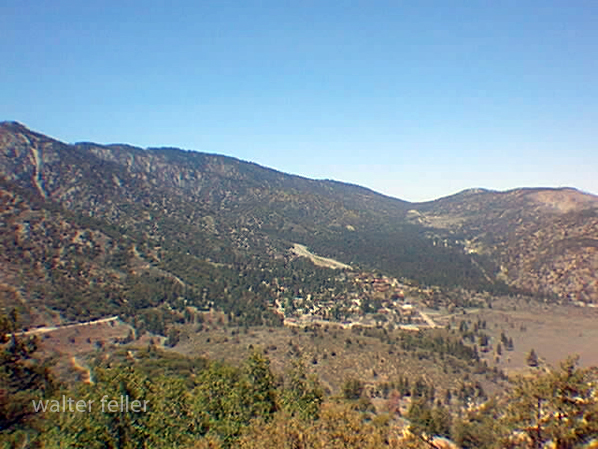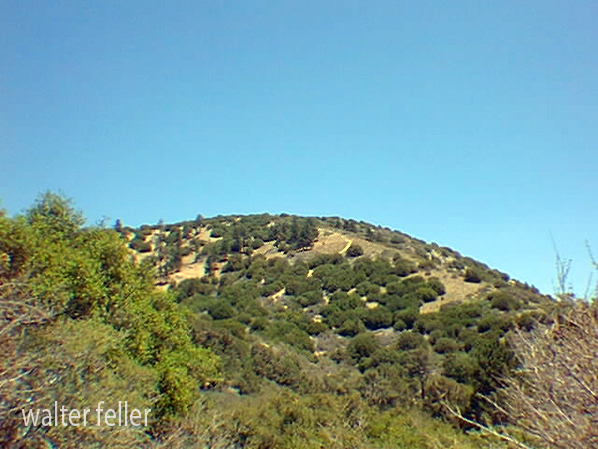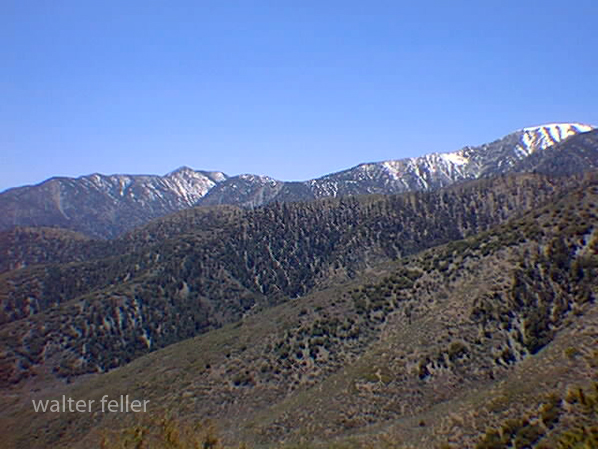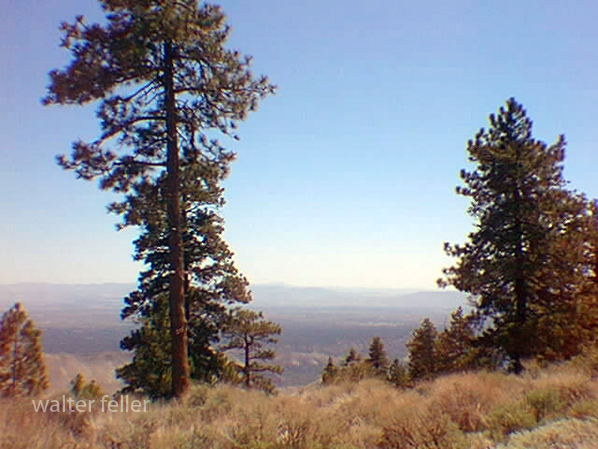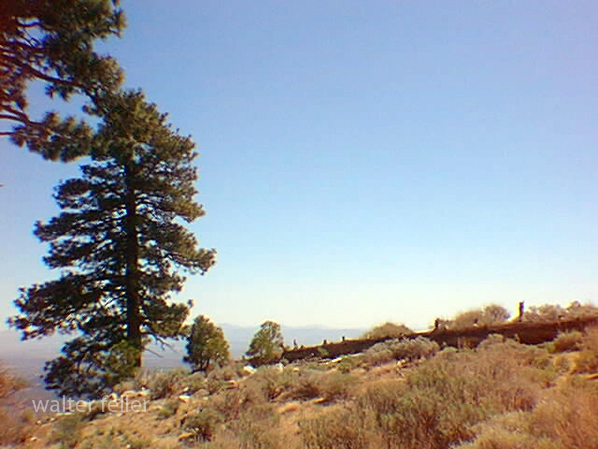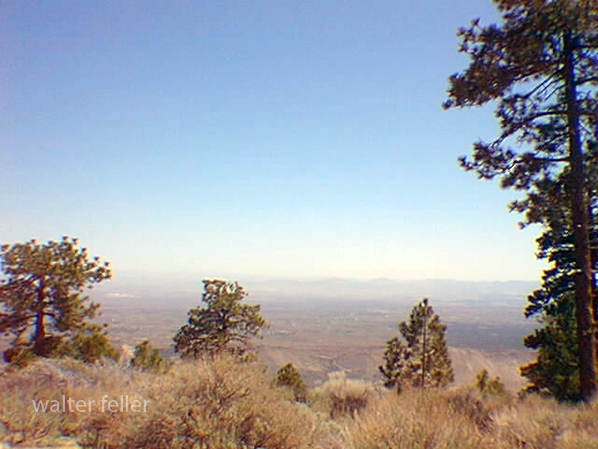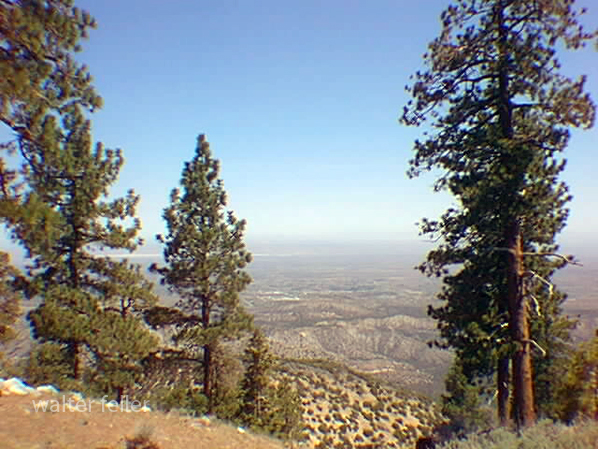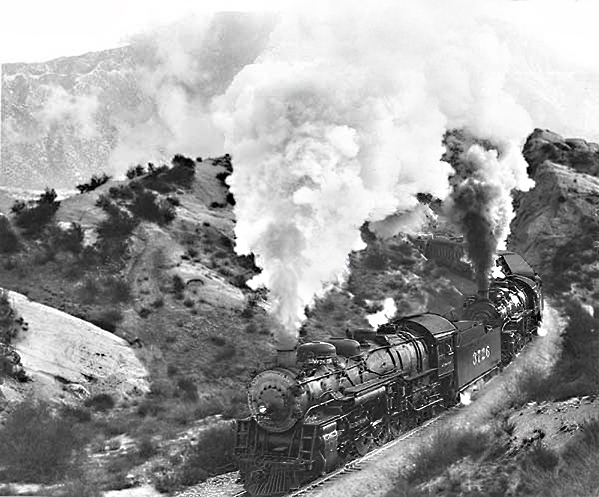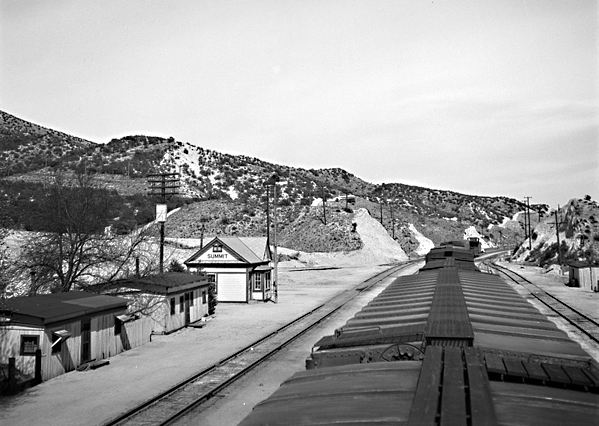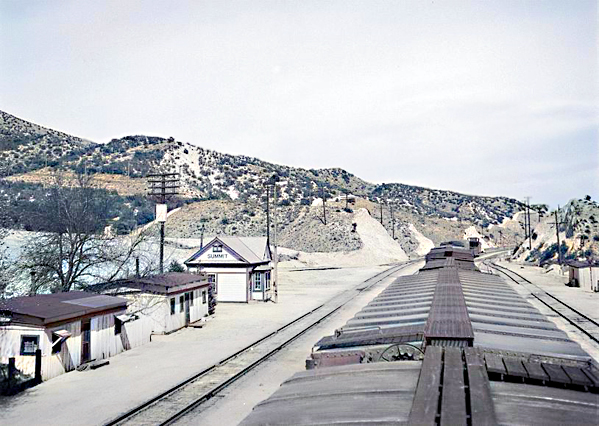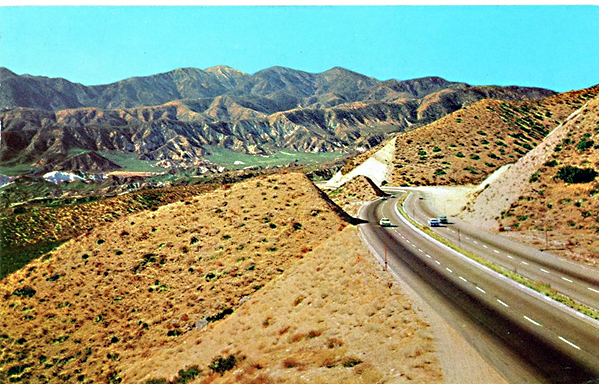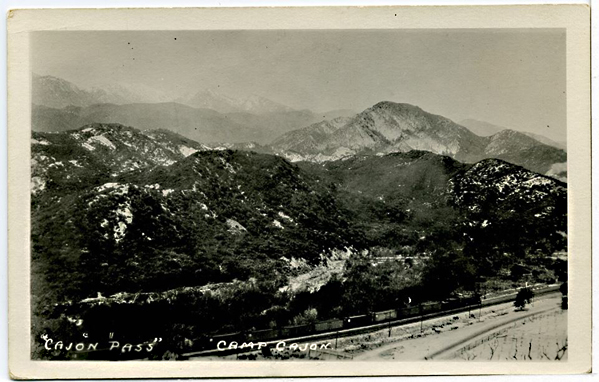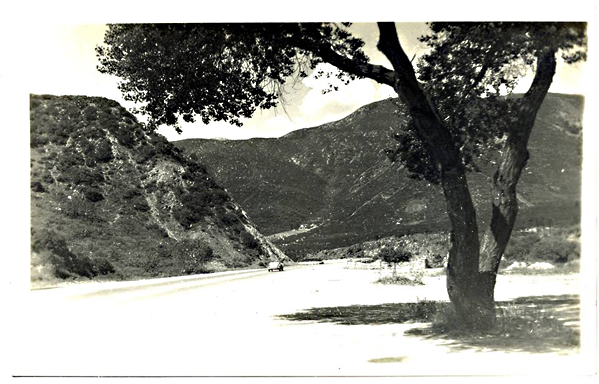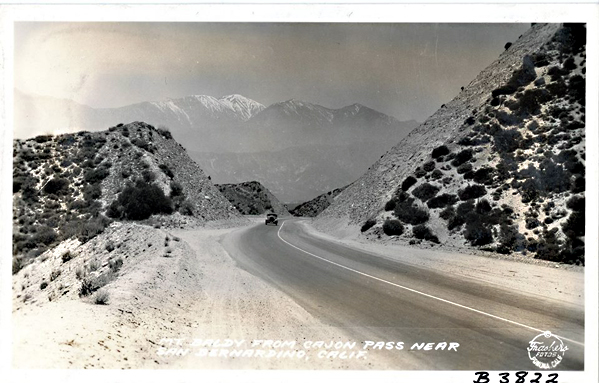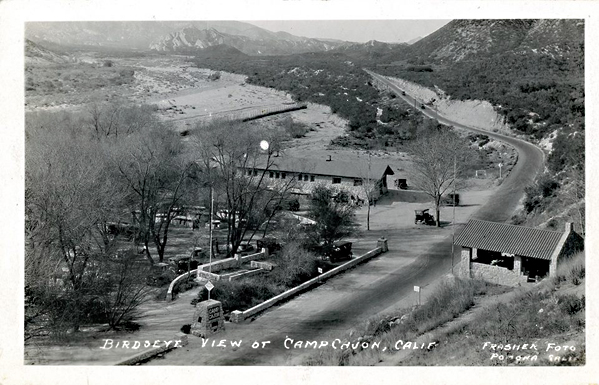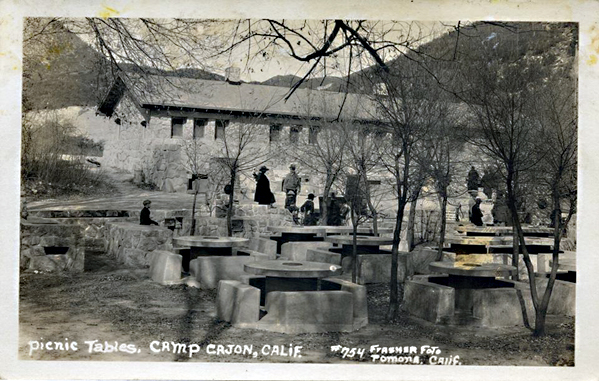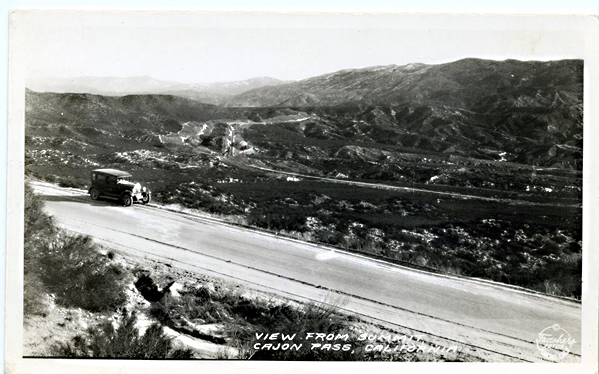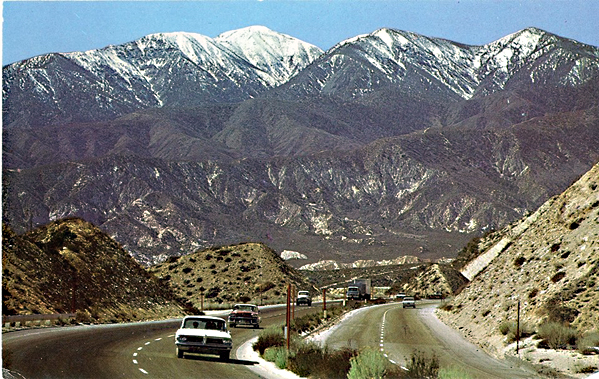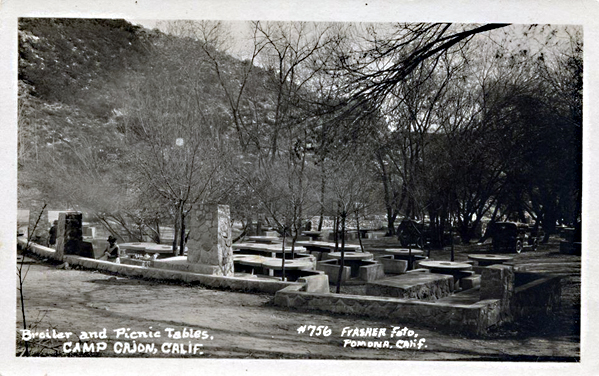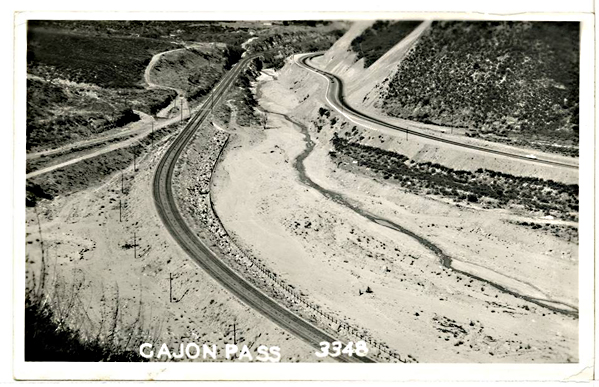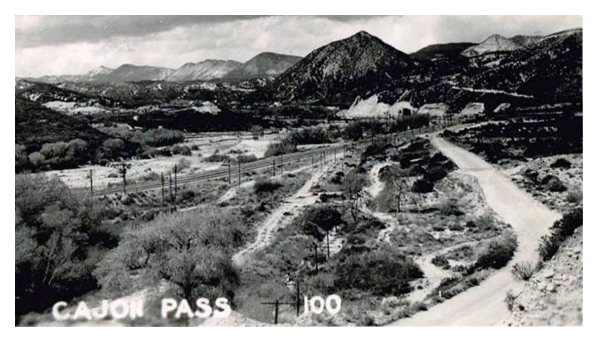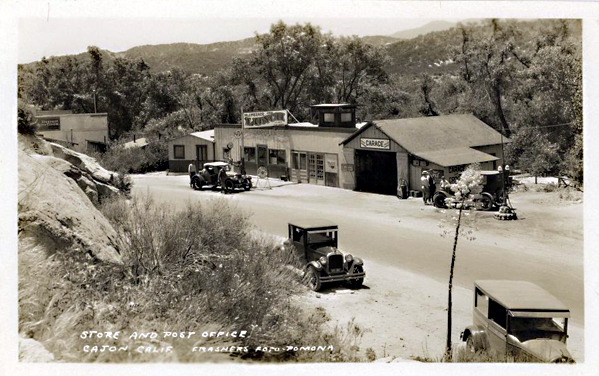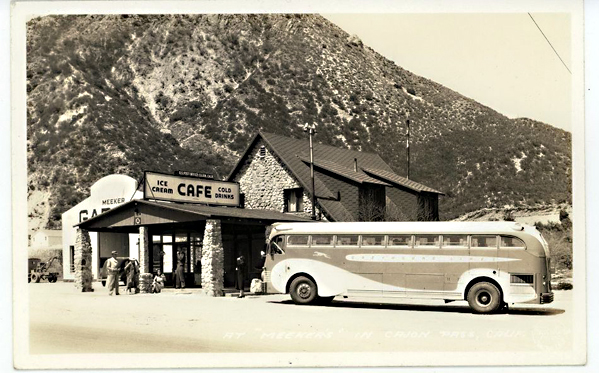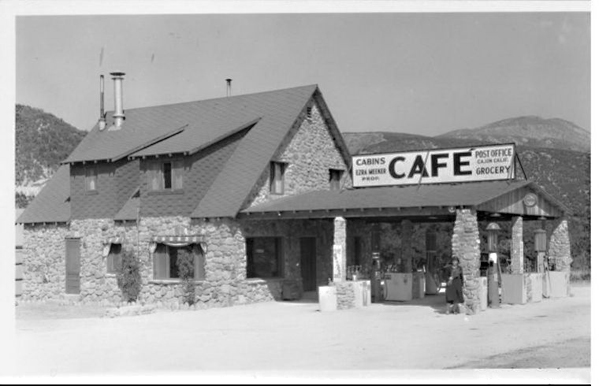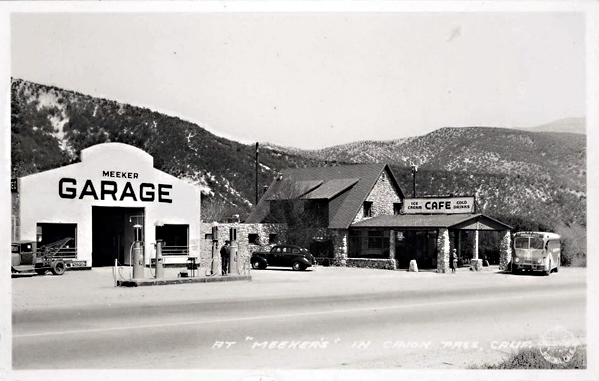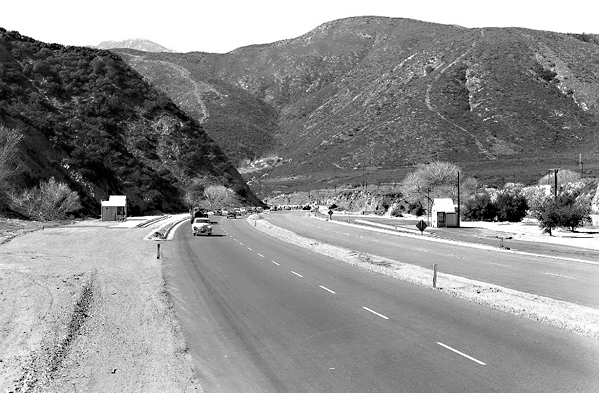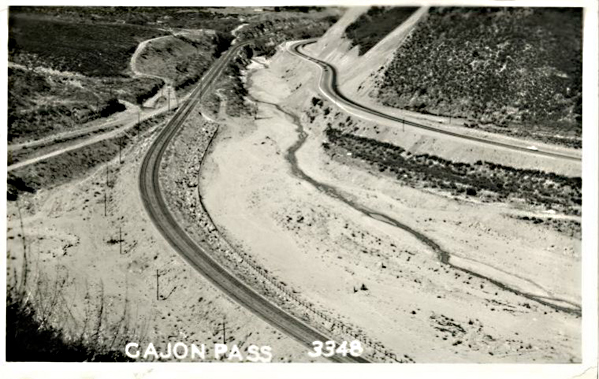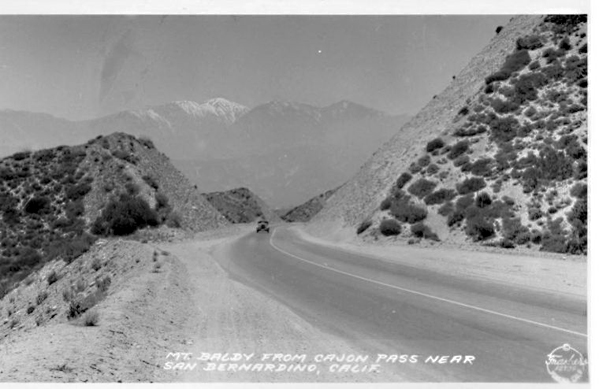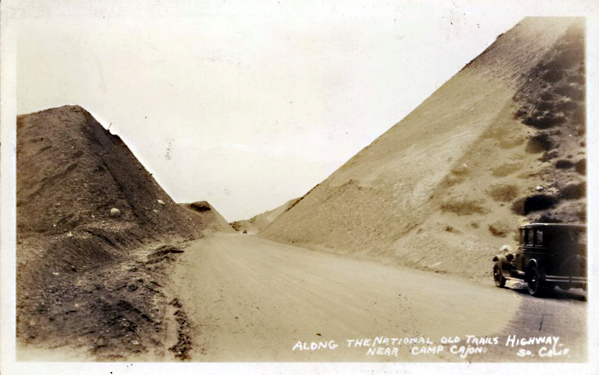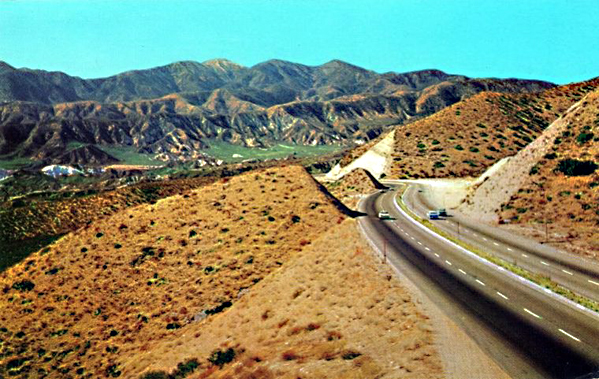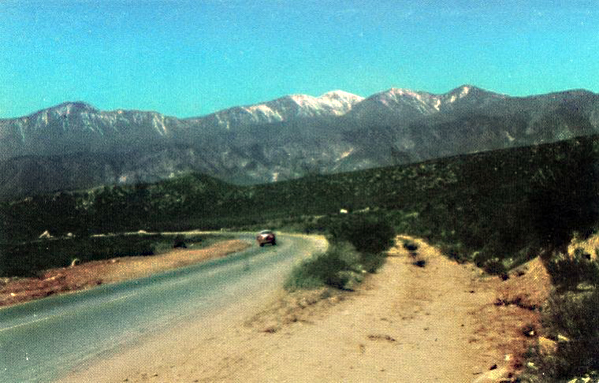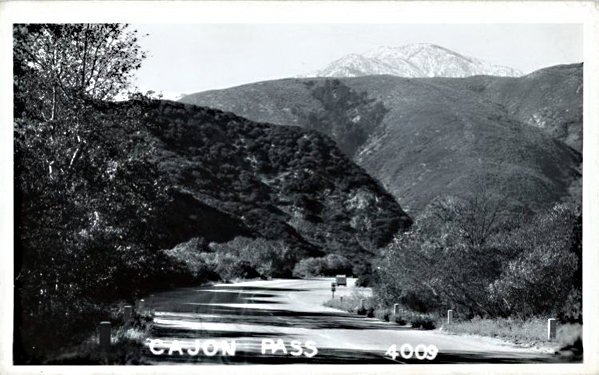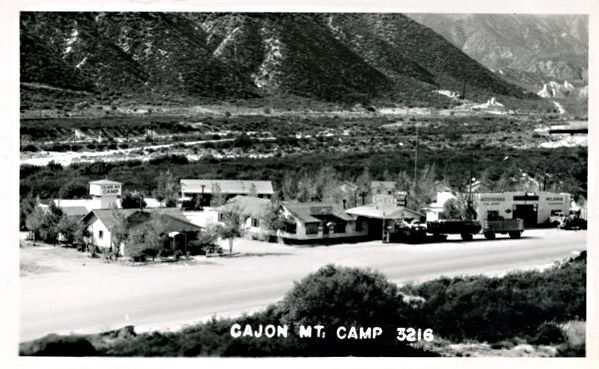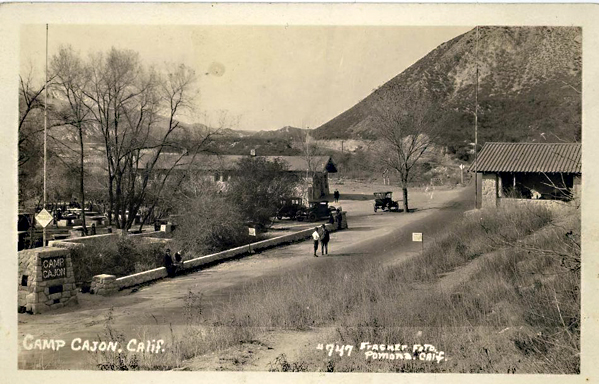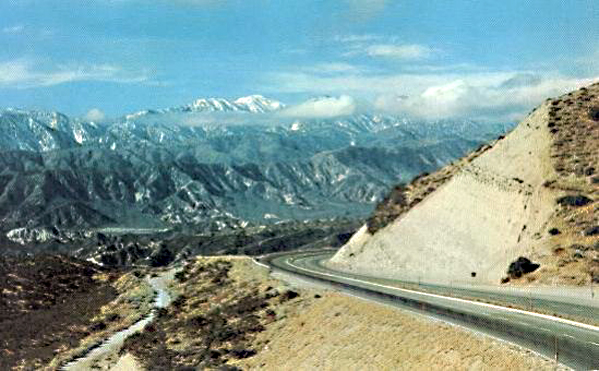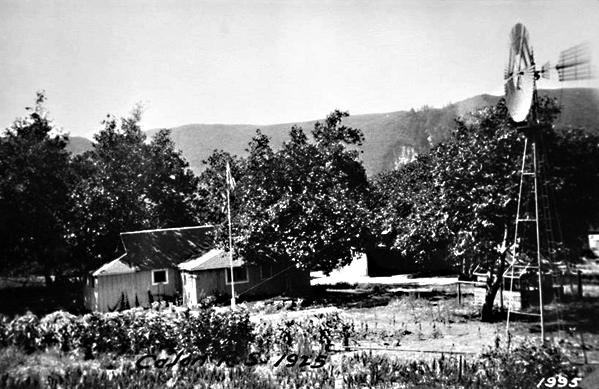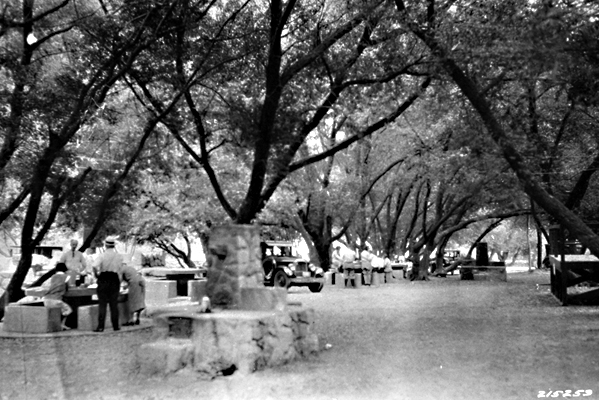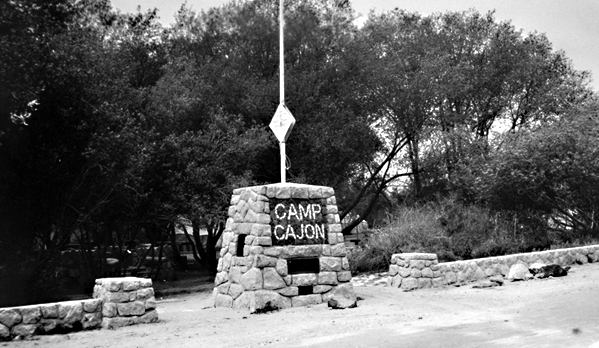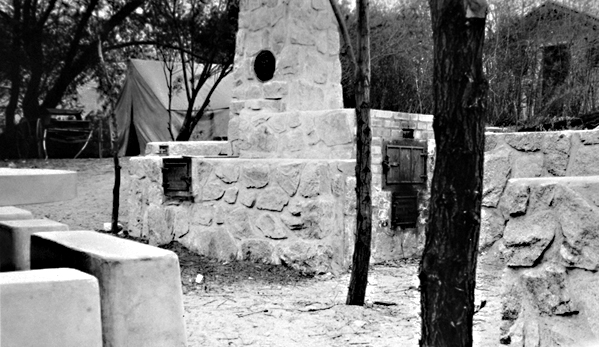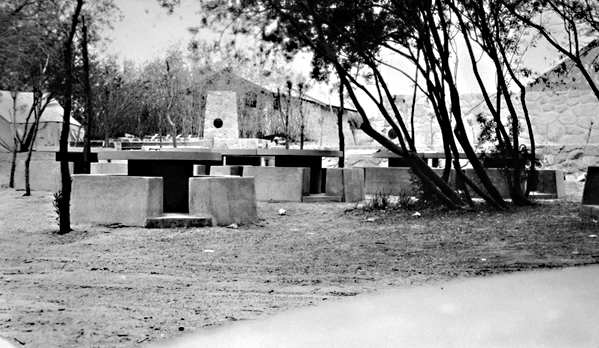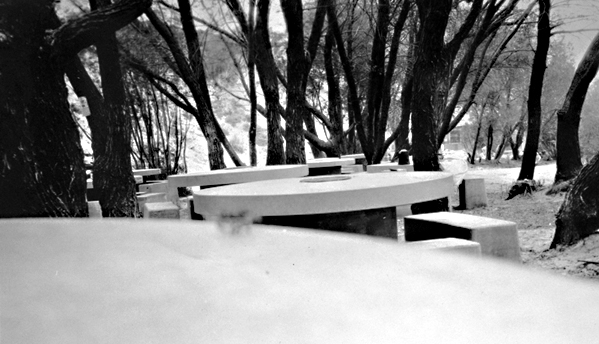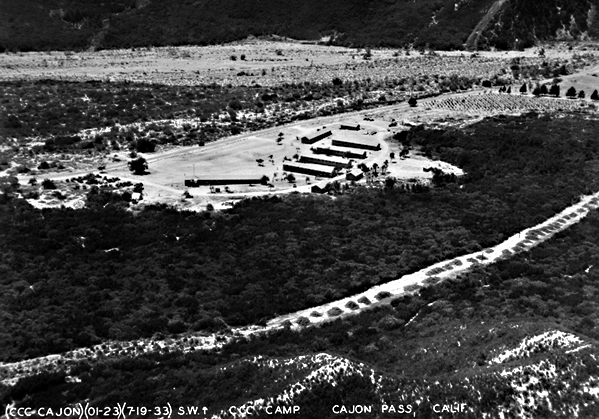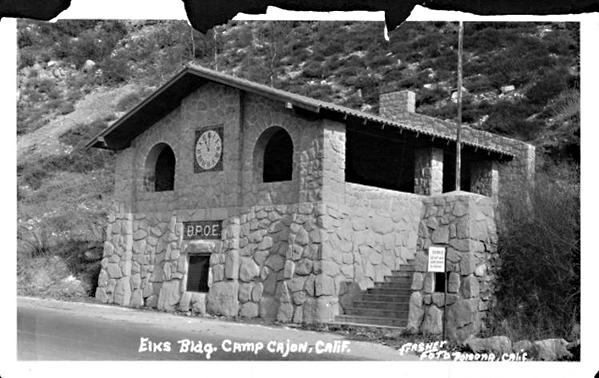With its vast and rugged landscape, the Mojave Desert is steeped in legends and ghost stories passed down through generations. Here are some of the most famous ones:
- The Lost Ship of the Desert: One of the most enduring legends is that of a Spanish galleon laden with pearls and gold, which is said to have been stranded in the desert centuries ago. Over the years, many have searched for this lost ship, but it remains a tantalizing mystery, possibly just a mirage or a tale spun from the heat and isolation of the desert.
- The Ghosts of Calico: Once a thriving silver mining town, Calico is now a ghost town and tourist attraction. Visitors and employees have reported numerous ghost sightings, including that of a playful little girl, miners still panning for silver, and mysterious floating orbs.
- The Yucca Man: Similar to Bigfoot, the Yucca Man is a legendary creature said to roam the Mojave. Described as very tall and covered in hair, campers and hikers have reported this elusive being, though evidence of its existence is purely anecdotal.
- The Haunted Joshua Tree: The Joshua Tree National Park, part of the Mojave Desert, is home to many myths. One such story involves a specific Joshua tree said to be haunted by the spirit of a man who was hanged from its branches. Some claim to have seen his ghost wandering near the tree at night.
- The Cursed Gold of Pegleg Smith: This legend revolves around Thomas “Pegleg” Smith, a mountain man who allegedly discovered a huge black-coated gold nugget in the Mojave. He never found it again, and many treasure hunters have tried and failed to locate Pegleg’s lost gold, leading to speculations of a curse.
- The Char Man of San Bernardino: A lesser-known but chilling tale is that of the Char Man, a ghostly figure said to have been a fire victim. He is reputed to haunt the outskirts of San Bernardino, frightening unwary travelers with his burned and disfigured appearance.
These stories, whether based on fact or fiction, add a rich layer of mystery and intrigue to the Mojave Desert. They reflect the human fascination with the unknown and the allure of a beautiful and forbidding landscape.
Ghost Stories,Legends,Mojave Desert Myths,Haunted Places,Desert Ghosts,Paranormal Activity,Folklore,Desert Legends,Supernatural Tales,Haunted Sites,Mojave Mysteries,Historical Legends,Ghost Towns,Desert Spirits,Spooky Stories,Desert Lore
